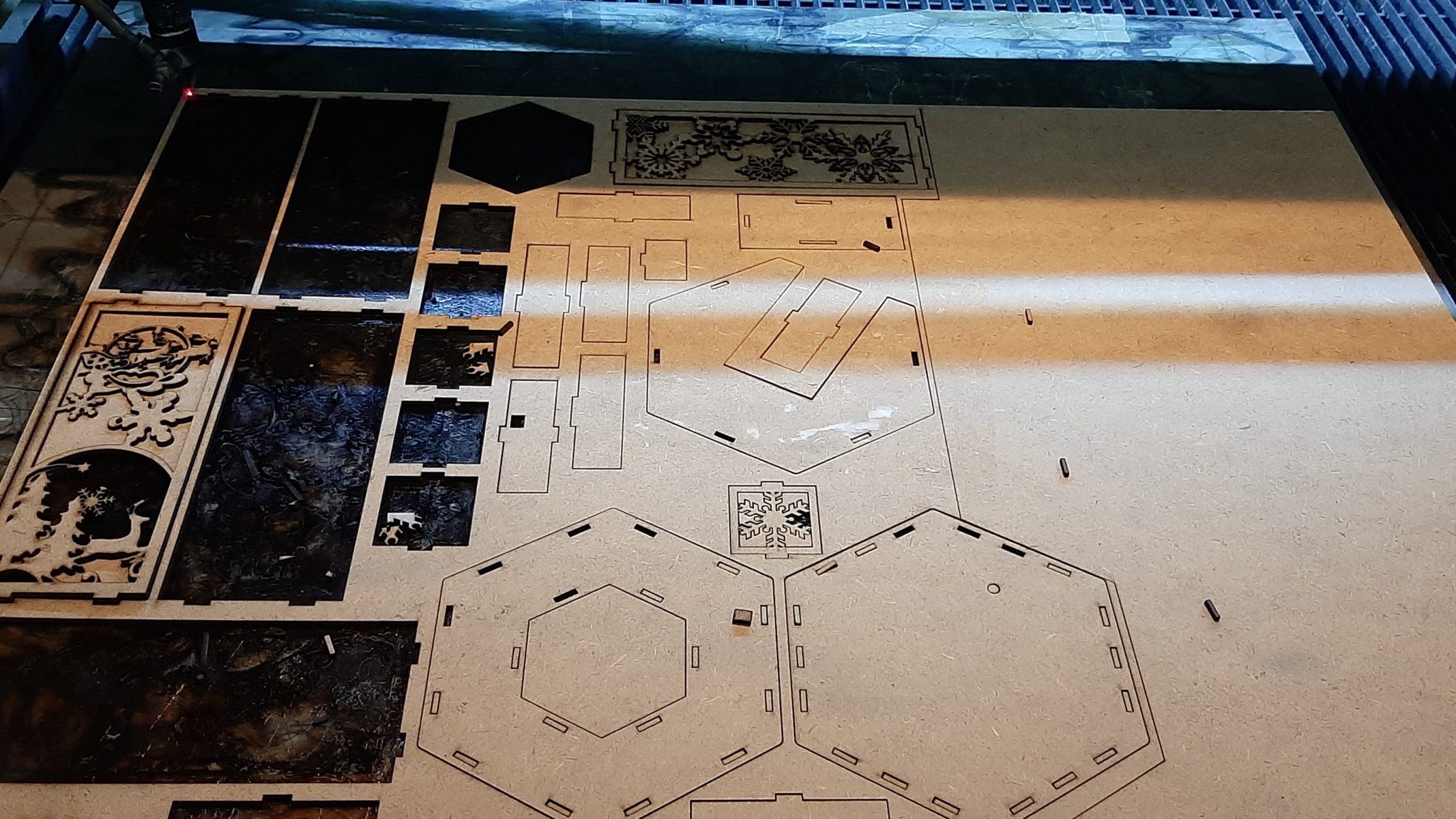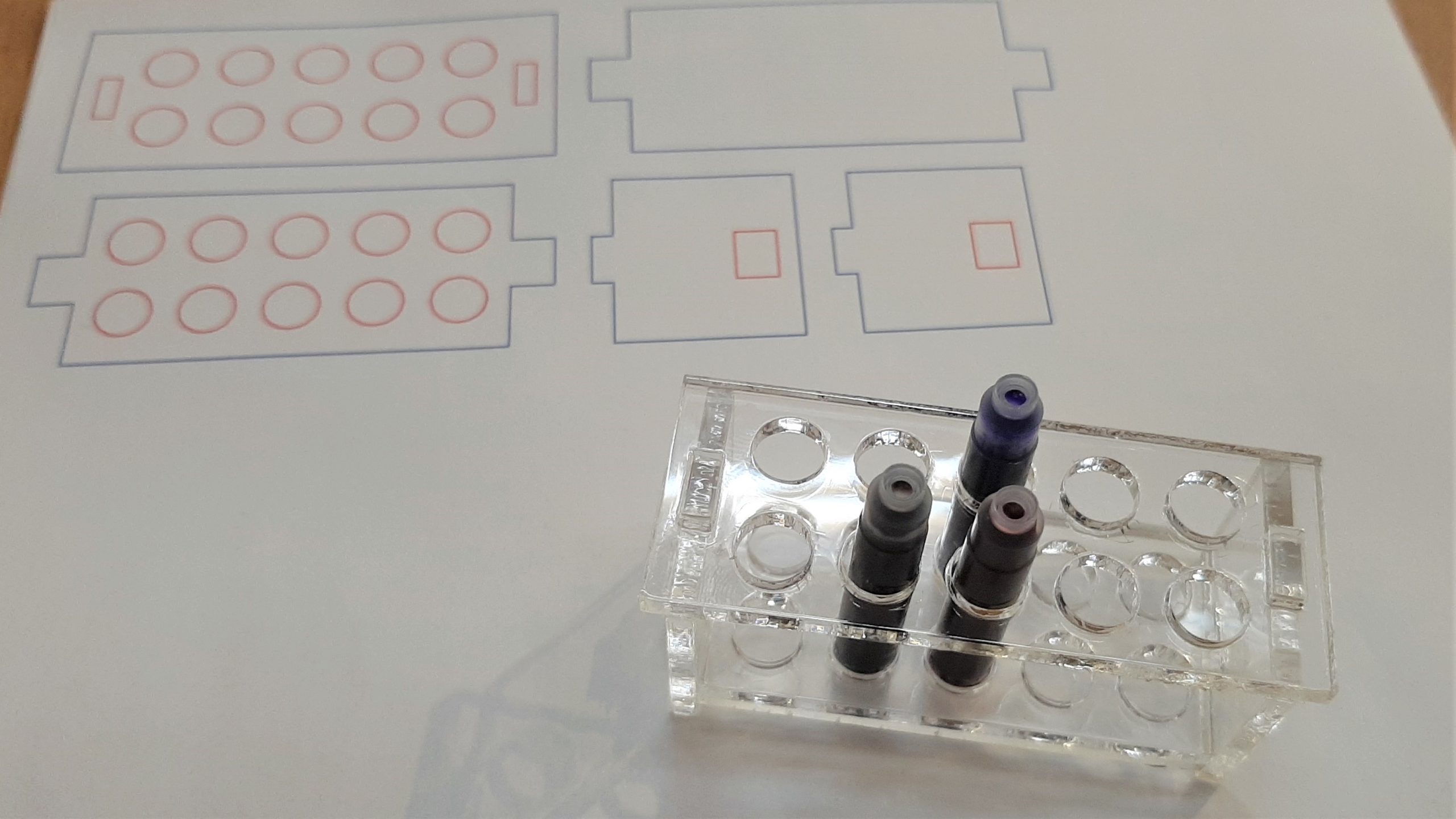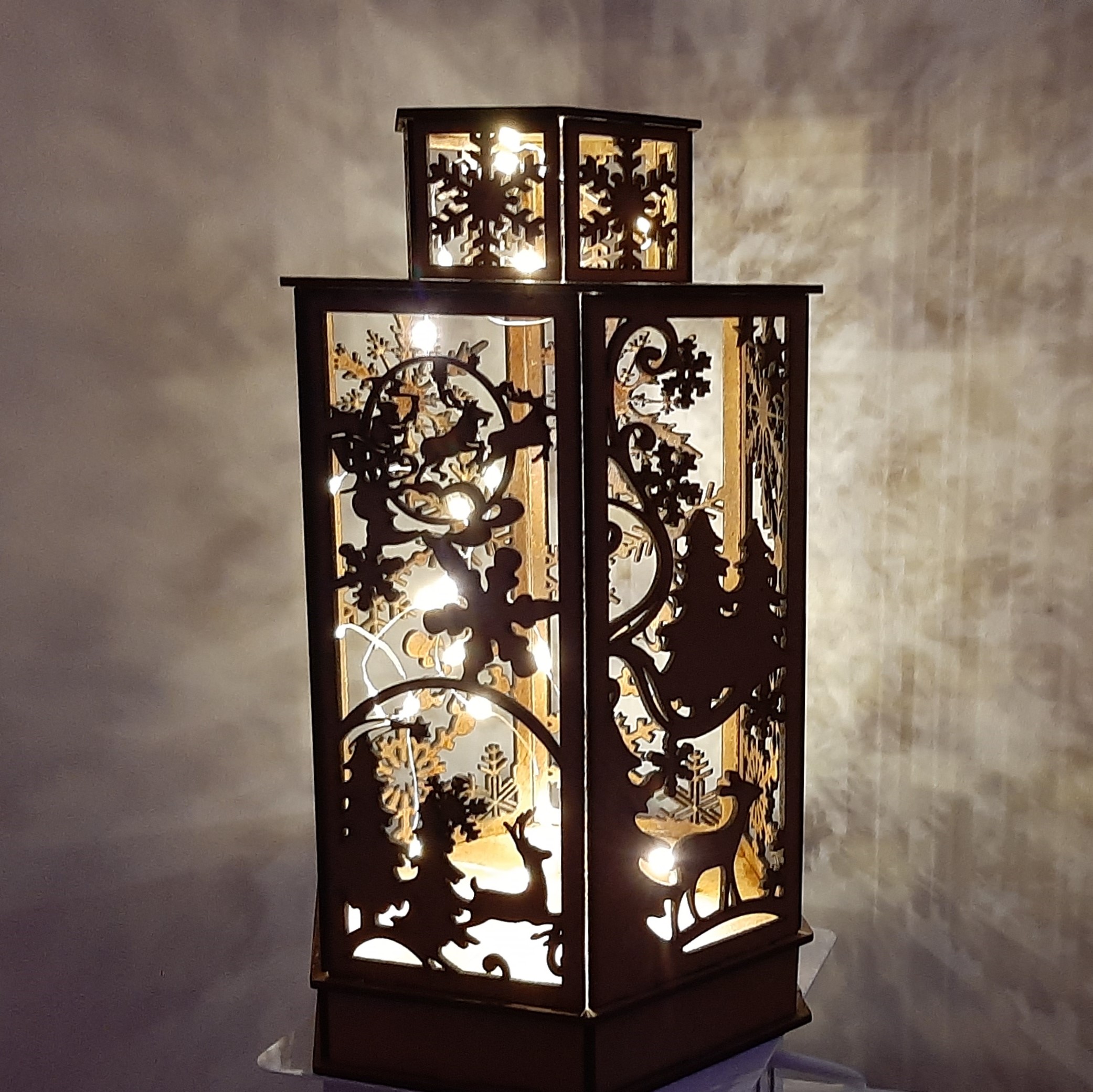Laser cutting. Digital Manufacturing and Prototyping
Laser cutting has been my biggest discovery. The process is easy: to cut a board. It’s similar to what we can do with a cutter or a saw.
These machines are fast and accurate, but the challenges are in the adjustments. There are only two parameters: power and speed. The concept is easy: as laser-beam check burns the material. The longer it’s doing it, the more material will be burnt. The more power you apply, the more of it you burn. But the combination of these two parameters added to the machine’s features (the power of the laser) and the characteristics of the materials are not evident.
The standard materials are plastic, acrylics, wood, rubber, or foam. There is a theoretical 20mm thickness limit for wood, but I didn’t see working with more than 10mm, and I didn’t try with more than 5mm. That’s, of course, a limitation. Sometimes it’s possible to avoid it, cutting two times over the same path, but that’s not a good solution for fine finishing.

Challenges in Design
Another interesting concept, sometimes a nightmare, is “kerf“. This is the part of the material that is burnt by the laser and disappears. It creates a problem with tolerance and accuracy.
Here the design is more complex. Usually, we want to build 3D objects with 2D pieces. So, we have to consider the construction carefully, and that’s also a new concept in Fusion 360. Now we are not purely building in 3D but creating 2D pieces.
And for the design, we have to create joints between the pieces. Some of these techniques are ancient, but frequently we don’t know them. But be careful because not everything could be done here; for example, dovetails are near impossible. These joints and how to make them strong and durable are a challenge for beginners.
There are new concepts and areas like manufacturing, where we can give parameters for the machines: really adapting our model to export to the machine.
Operating and results
The machines are not very complex, there is a calibration process, and there is a combination between the machine’s software, the settings… plus, they are big and burn things. With all these facts and many doubts initially, there is some uncertainty or fear that represents a small barrier for beginners.
We talked about accuracy and kerf. It’s important because it’s not about a minor problem in the finishing, it is affecting joints, and a slight difference creates a construction problem, making the object useless. Something so easy like a box could “not work” (fails in the joints) just for some tenths mistake.
It’s curious, the machines are accurate, one-tenth or less, but the final quality of our products comes more from our materials and settings.
Usually, we could get consistent results, but we should check our parameters every day and make small changes. The main problem comes from the dirtiness of the lens, reducing its final power.
When everything is ok, we can produce a small batch with not many bad surprises. The machines are fast, and we can prepare pieces inside a 2m x 1.50m board in minutes.

Conclusions
- The machines are not complicated to use, but there are some barriers to use them at the beginning, related to some fears and uncertainty.
- The accuracy is good, but an accurate final product is not easy to achieve because of the kerf.
- The design needs new concepts. We have to think not only about the final product, also on the 2D to the 3D construction process.
- They are fast, achieving consistent results. We could also create small manufacturing batches, starting a small, ready to sell and use production.
- The materials are usually not expensive. A little for hobby users, because we buy in places like Modulor-Berlin, but for larger quantities, there are more providers, like the DIY shops and more professional ones.
- The challenges in design are interesting, and it brings a good chance to learn about the potential of Fusion360 as CAM Software. It is good training for the upcoming CNC processes.
- The machines are big and not cheap (15-20.000€ check). So, they are not quite easy to find in a makerspace

Version DE


